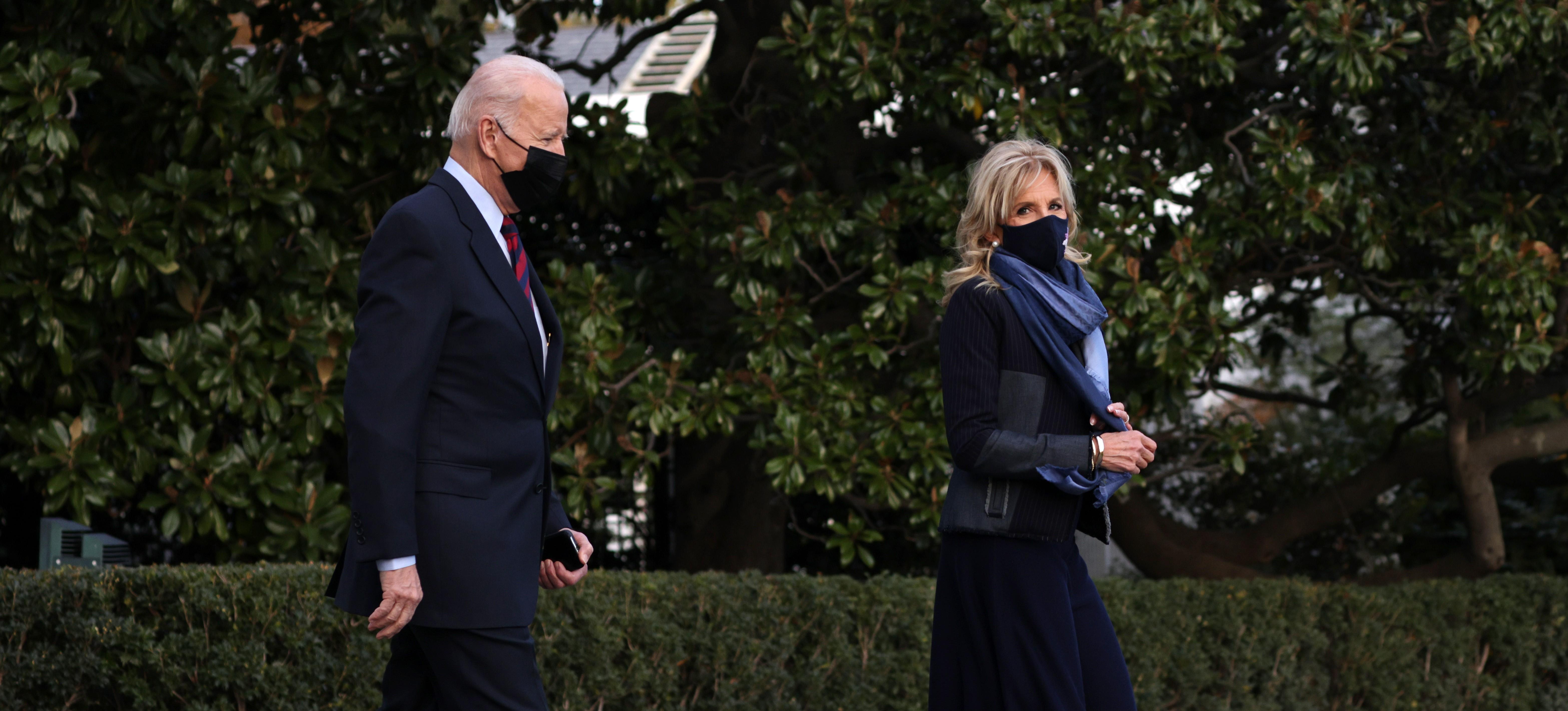Biden's Child Care Plan: Who Qualifies, What It Costs, and More
Here's what's involved in President Biden's child care plan if it makes it into the final social spending bill. Who qualifies for the child care plan?
Nov. 29 2021, Published 11:44 a.m. ET
The Build Back Better Act, a sweeping $1.85 trillion climate and social spending bill, involves a lot of policy changes—but one of the key inclusions has to do with child care.
What's involved in President Biden's proposed child care plan, and will the plan make it through the Senate in its current form (if at all)?
Biden's plan focuses on early childhood education and child care.
As part of the Build Back Better plan, Biden hopes to include funding for early childhood education and child care. The details include:
Universal preschool
Capped child care costs for middle-class families at 7 percent of their income
Pay increases for early childhood teachers with Bachelor's degrees to match elementary school teacher pay
The proposed policies are two-fold. First, Biden hopes to increase competitiveness in the child care job market, which saw the sharpest drop in employment during the COVID-19 pandemic. An estimated 110,000 child care workers left their jobs during the pandemic. Child care notoriously pays poorly, with workers in the industry in the lowest 2 percent of earnings for U.S. workers, according to Marcy Wihtebook of the University of California, Berkeley.
Second, Biden aims to decrease child care costs for families whose income is below a certain threshold. This would give parents, especially women, more ability to return to the workforce and boost the economy.
For families, child care costs would come in the form of subsidies.
The proposed child care cost cap in the Build Back Better Act would involve government subsidies based on income. The subsidies would be tiered and phase in gradually through 2025.
As the plan currently stands, families of four making less than $75,000 annually would receive a full subsidy, while households earning less than $100,000 would have costs capped at $2,000 annually.
For families with a household income below $150,000 and $250,000, child care costs would stop at $10,500 and $17,500, respectively.
For reference, the average annual cost for center-based infant care is $16,000, with certain urban areas seeing prices as high as $24,000, according to the Center for American Progress.
Who would qualify for Biden's child care plan?
Only some American families would qualify for the proposed child care policies. The plan includes notes that families with children under six years old would qualify for capped child care costs. The aforementioned income limits would also come into play, which means that anyone with a household income higher than $250,000 would be left out of the subsidy agreement.
The plan also excludes religious-based and in-home child care centers.
Early childhood educators receiving pay equal to elementary educators would be required to have a four-year degree.
Will the child care plan make it into the final social spending bill?
The child care policy involved in the Build Back Better plan stems from a previously written Child Care for Working Families Act, which Democrats proposed in 2017. To satisfy moderate Democrats, the full spending bill will likely face additional nips and tucks before passing the House. For child care specifically, worker income increases might be limited and child care subsidies could be reduced.
While the plan's proposed subsidies emphasize poor and middle-class families, congresspeople could potentially shift the income tiers to better serve higher-earning families like themselves.
Another opponent is religious groups since that the plan focuses on nondenominational child care and excludes some religion-based centers. The plan would also exclude in-home family providers.


